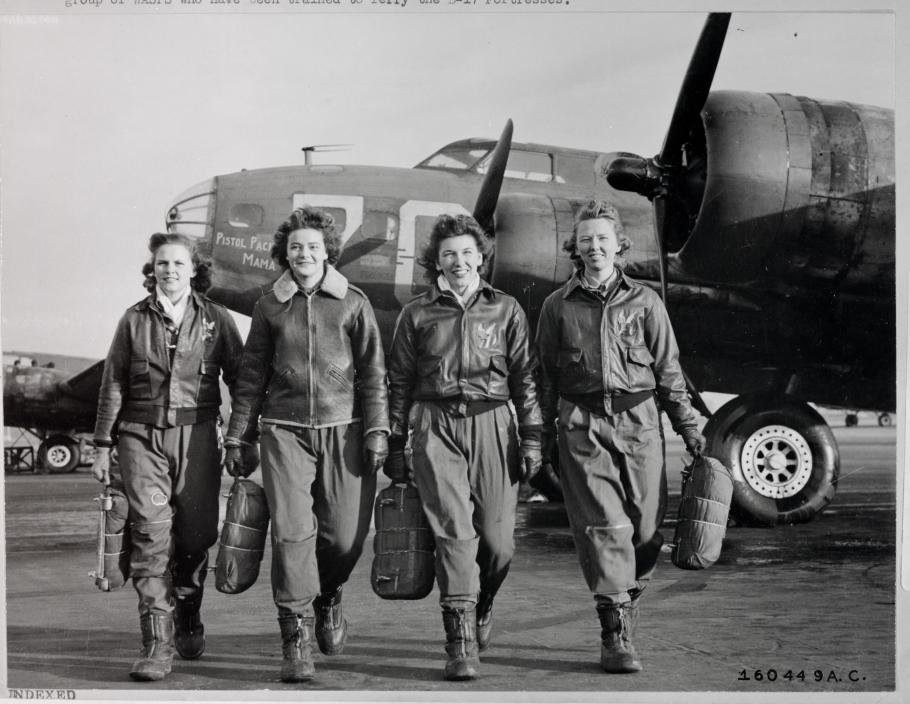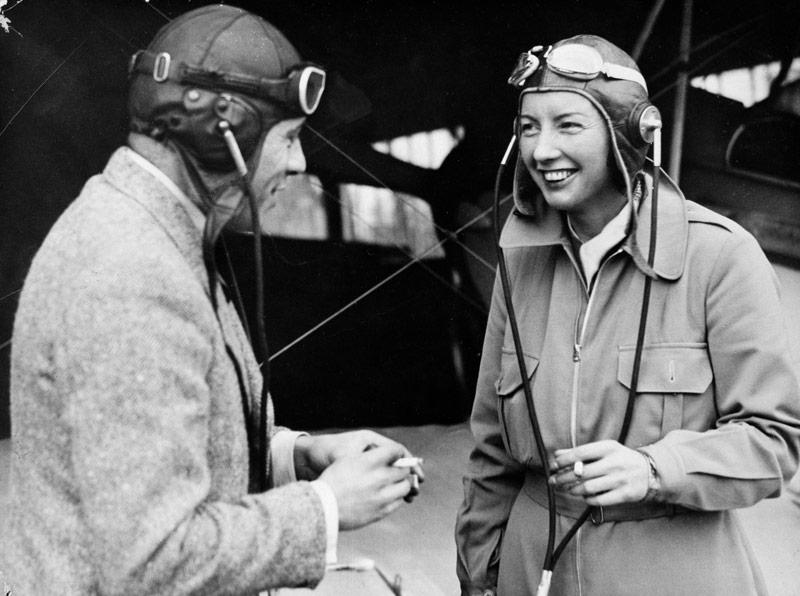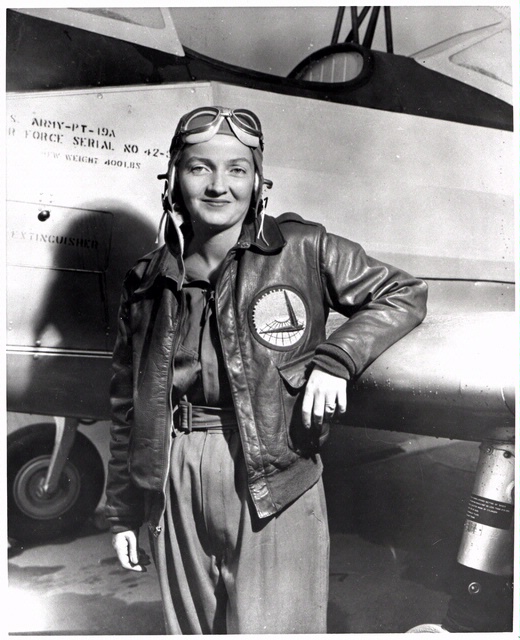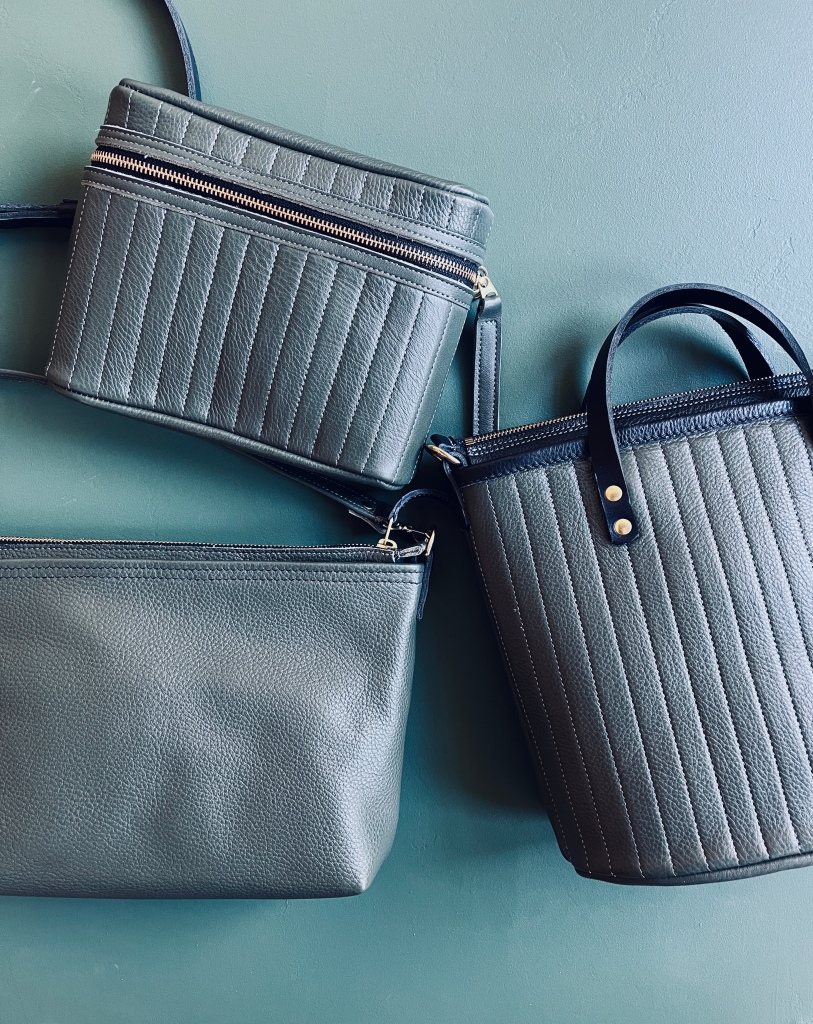
The story of female pilots during World War II is one of perseverance and courage in the face of opposition. While there were experienced female pilots at the time, our culture wasn’t ready to accept them outside of a support role. Even their physical capability and mental capacity was in question. And yet they persevered in asking for a place and took any flying jobs they could get. In the end, they exceeded expectations and began to change the cultural perception of women.
Female Pilots in Canada
Sadly, no women actually flew from our bases here in Elgin County, or in any of Canada for that matter. Their work was constrained to administrative duties but there were a few experienced female pilots that persevered. England had been fighting for a few years when their desperate need for more fighter pilots resulted in a call to civilians to take over the military transport and cargo flights. In 1942 they began to allow women in this role as pilots. Three women from Canada went to the UK to join the ATA (Air Transit Auxilliary) alongside UK civilians. “Anything to Anywhere”. They were also known as the “Attagirls”.
Helen Harrison was an experienced Canadian pilot who had flown in South Africa and several other countries for several years and worked as a flight instructor. Her application to apply to the RCAF as a pilot was declined due to her gender in spite of the fact that she brought a wealth of experience and expertise to the role. In the UK the ATA was needed to fly all kinds of aircraft. Upwards of 70 different airplane models were in use at the time and they were given very little instruction. Their resourcefulness and courage made it possible for them to jump into any aircraft and fly it anywhere – as was needed.

Female Pilots in the US
In the United States two women worked to open a female flight division. Jackie Cochran and Nancy Love worked independently to convince the leadership of the value of a female division. Eventually, WASP (Women Airforce Service Pilots) was formed and a resounding 25,000 women applied with a little less than 10% accepted. They completed the full 6 month flight training program and began flying all over the US. They delivered new planes to the bases from manufacturing sites, some flew bombers to Europe. Their work was exemplary. Especially amazing was the the wide variety of planes they were proficient in flying. No one expected them to be able to do it, and they had to work twice and hard to prove themselves.

As the war wound down in ‘43, the female division was quietly suspended in both the UK and US. While some women found jobs working in the airline industry afterwards, (or starting their own flight schools and airstrips) many of them never flew again. It was many years later that they were recognized as war veterans and given status. Female pilots were officially accepted in to the military in the US in 1979, but it wasn’t until 1987 that women were accepted into combat aviation. An inspiring story of grit and perseverance.

The Aviatrix Collection – dedicated to these stories and a reminder to persevere.
– Prima A | A large statement bag featuring aviation style stitching.
– First Class | a classic streamlined bag featuring both shoulder and crossbody straps
– The Trix | The most comfortable chest bag you’ll ever wear. With a little style to boot!
See below for more resources on female pilots in WWII.
– Suzanne
Links:
Canadian Pilots: https://legionmagazine.com/airwomen/
American Pilots: https://www.britannica.com/topic/Women-Airforce-Service-Pilots
Books:
She Dared: True Stories of Heroines, Scoundrels, and Renegades by Ed Butts.
100 More Canadian Heroines: Famous and Forgotten Faces by Merna Forster’s
